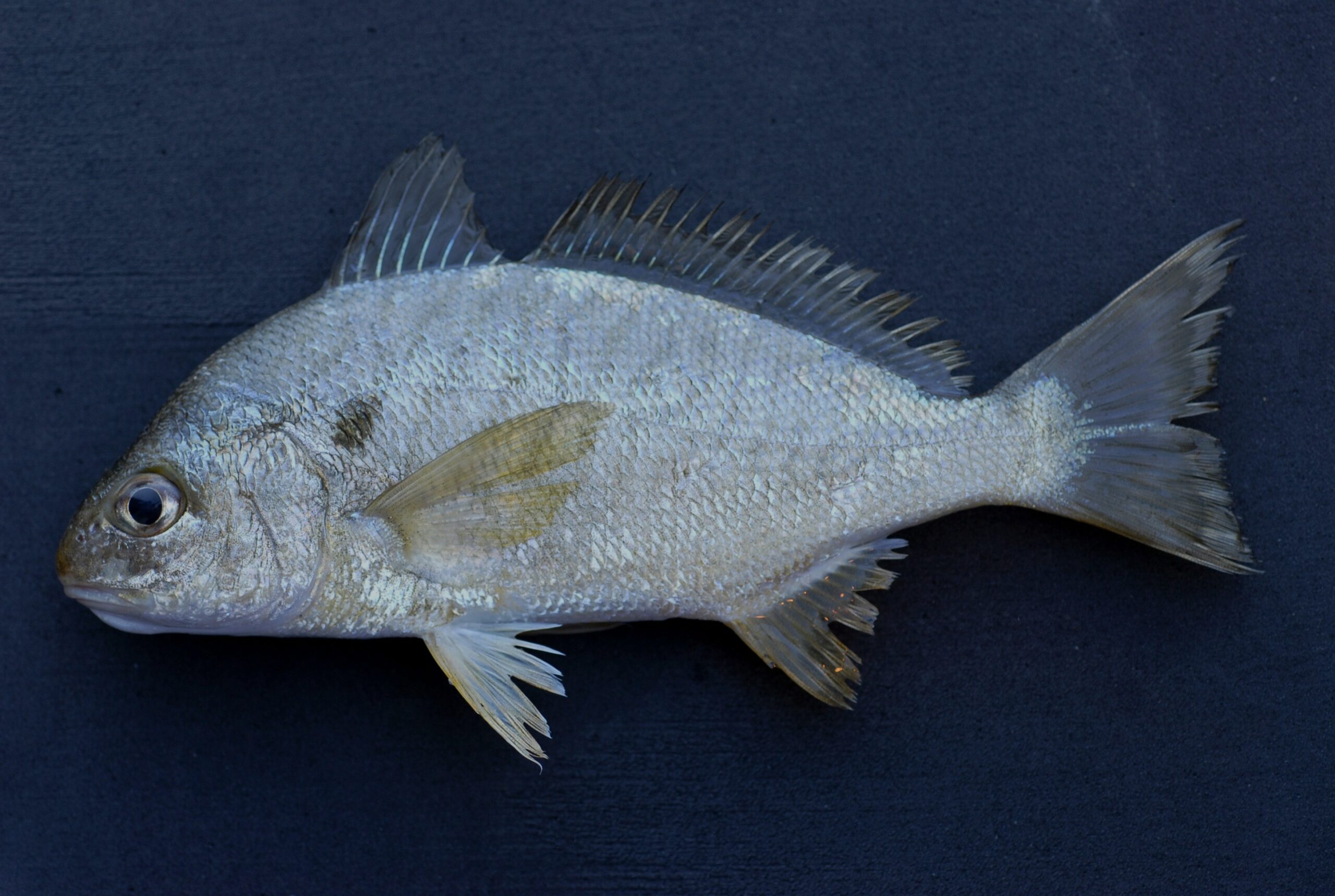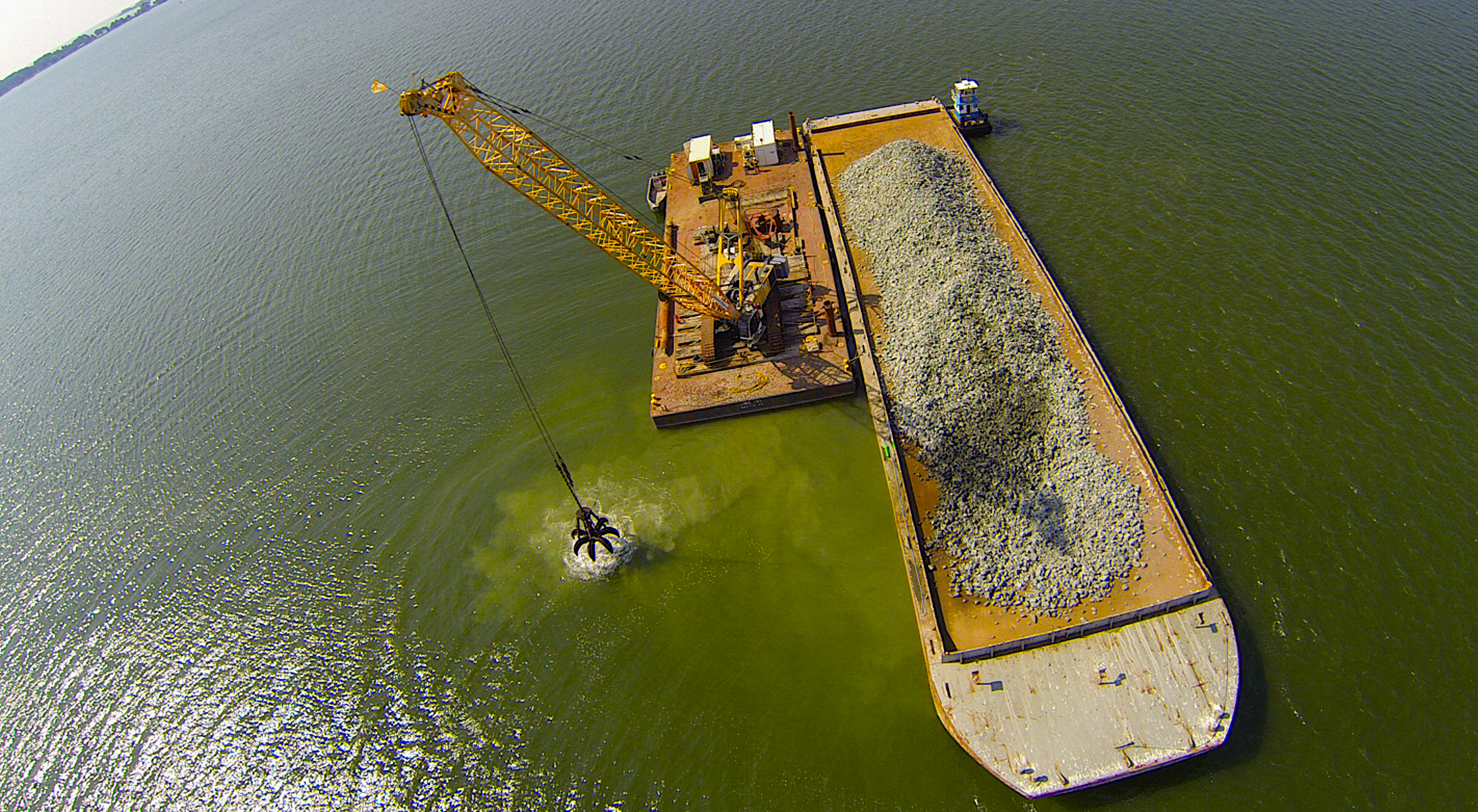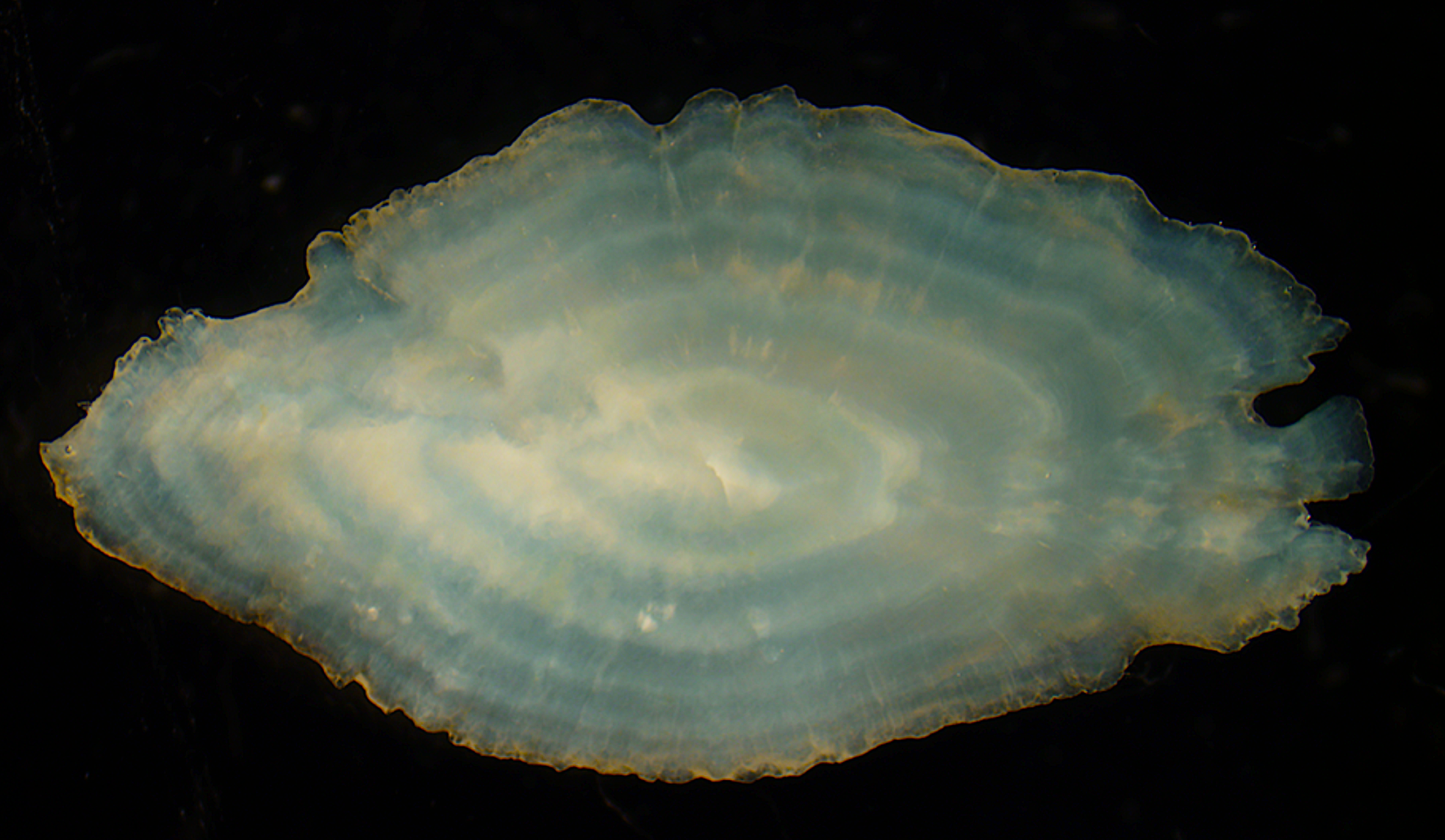Can Fish Escape Waters That Are Harmfully Low on Oxygen?

New research shows that spot flee quickly when oxygen levels are unsafe.
BY SARA MIRABILIO
The dog days of summer have brought on high heat and humidity. This high air temperature also warms the water, leading to harmful living conditions for many fishes and marine organisms.
Research Need
“Hypoxia” refers to water conditions where the concentration of oxygen is so low that it is harmful to organisms. Hypoxia occurs when aquatic plants — which have been intensely growing in the peak of summer — die, sink to the bottom, and are decomposed by bacteria. This decomposition uses available oxygen.
In addition, differences in salinity and temperature between surface and bottom waters limit mixing, and without mixing, the oxygen level of the bottom water is lower, creating a condition that can lead to a “dead” zone and can cause mass fish kills.
But some species can escape this fate. Scientists wanted to know more about how.
What did they study?
Spot are among the most abundant transient marine species in estuaries along the U.S.
Atlantic and Gulf coasts. Previous studies have shown that spot are able to avoid low-oxygen conditions in laboratory trials, but what about their movements in response to changing oxygen levels in the wild?
Researchers tagged 25 juvenile spot — one-year old or younger — from the Neuse River. The river experiences agricultural and stormwater runoff that fuels recurrent, summertime hypoxia.
The small, sound-emitting tags allowed the team to track the fish. During eight windows lasting 7 to 14 days, they released and tracked 1 to 5 of the tagged fish and also monitored environmental conditions.
What did they find?
All told, the team detected spot at 859 locations.
The spot’s average swimming speed increased nearly ninefold under hypoxia, as fish traversed waters with low bottom oxygen. This increased movement spanned long distances (over 6 miles) and long periods (up to 35 hours), as they moved from the deeper main river channel to shallow, nearshore, oxygenated habitats.
The scientists grouped observed movements into three modes: (1) slow swimming in deep water when oxygen was high throughout the river; (2) rapid and highly directed swimming that traversed deep waters with low bottom oxygen; and (3) slow swimming in shallow, oxygenated waters while deeper waters remained hypoxic.
Anything else?
The scientists determined that the level of oxygen on the water bottom, water depth, and the fish’s prior swimming speed had effects on patterns of fish movement. Several other environmental variables — such as temperature, salinity, and time of day — had little effect.
So what?
The research confirmed the importance of oxygen as a driver of the short-term movements of juvenile spot. This research suggests that hypoxia could affect how estuarine habitats function as nurseries and how populations of various marine species change over time.
Reading
Craig, J.K., Huebert, K.B., Rose, K.A., Rice, J.A., and Brady, D.C. (2023) “Searching for Oxygen: Dynamic Movement Responses of Juvenile Spot (Leiostomus xanthurus) in an Intermittently Hypoxic Estuary,” Estuaries and Coasts, 46:772–787. https://doi.org/10.1007/s12237-022-01167-6
This research was supported by funding from the National Oceanic and Atmospheric Administration (NOAA) National Sea Grant College Program to the North Carolina Sea Grant Program (Award No. NA16RG2251, Project R/MRD-49), and the NOAA Center for Sponsored Coastal Ocean Research under awards NA16NOS4780203 and NA16NOS4780204.
Lead photo: spot. credit: Robert Aguilar, Smithsonian Environmental Research Center, CC-BY-2.0 generic.
The text from Hook, Line & Science is available to reprint and republish at no cost, but only in its entirety and with this attribution: Hook, Line & Science, courtesy of Scott Baker and Sara Mirabilio, North Carolina Sea Grant.

- Categories:



